Complete Guide to the Parts of an HVAC System
When it comes to keeping your home comfortable year-round, understanding the key parts of an HVAC system can make all the difference. Whether you're troubleshooting an issue, planning for routine maintenance, or considering an upgrade, knowing how each component works helps you make smarter decisions. From the thermostat that controls your system to the ductwork that circulates air, every part plays a crucial role in heating, cooling, and ventilating your home efficiently.
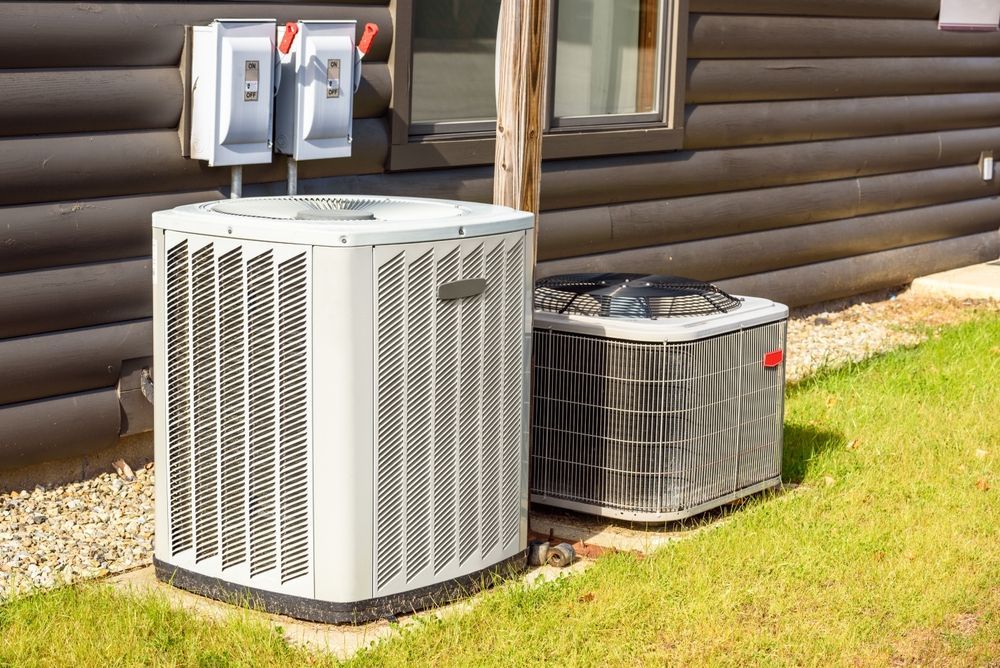
What Is an HVAC System and How Does It Work?
An HVAC system (Heating, Ventilation, and Air Conditioning) is essential for regulating the temperature, air quality, and overall comfort of your home. It works by managing air flow, controlling temperature, and maintaining proper humidity levels. In heating mode, the system generates warm air, while in cooling mode, it removes heat and circulates cool air. Ventilation ensures fresh air is circulated, removing stale air and contaminants. Each part of the system works together to create a balanced and efficient environment, making it easier to maintain a comfortable indoor climate.
Do All Homes Have an HVAC System?
Not every home has an HVAC system. While HVAC systems are common in modern homes, especially in regions with extreme seasonal temperatures, some homes may rely on alternative heating or cooling methods. Older homes or those in mild climates might use space heaters, window air conditioning units, or radiant floor heating instead of a full HVAC system. Additionally, some homes may have separate heating and cooling systems (e.g., a furnace for heat and window units for cooling) rather than a centralized HVAC system that handles both functions. HVAC systems are typically installed in homes for optimal year-round comfort and efficiency.
Types of HVAC Systems
HVAC systems come in various types. Split systems have separate heating and cooling units. Hybrid systems can switch between electricity and gas for energy efficiency. Ductless systems use individual units in different rooms, perfect for homes without ductwork. Packaged systems combine heating and cooling into one unit, often installed outdoors, ideal for compact spaces. Each type offers different benefits depending on your home’s needs.
Key Components of an HVAC System
An HVAC system is made up of several key components that work together to heat, cool, and circulate air throughout your home. Each part plays a specific role, and understanding how they interact can help you troubleshoot issues and maintain your system more effectively. From the thermostat that controls the system to the ductwork that distributes air, each piece contributes to overall comfort.
1. Thermostat
The thermostat is the control center of your HVAC system, located on a wall inside your home. It monitors the indoor temperature and signals the system to heat or cool the air to match the desired settings. Traditional thermostats allow manual adjustments, but smart thermostats are revolutionizing HVAC management by offering programmable settings, remote control via smartphone apps, and the ability to learn your habits to optimize energy use.
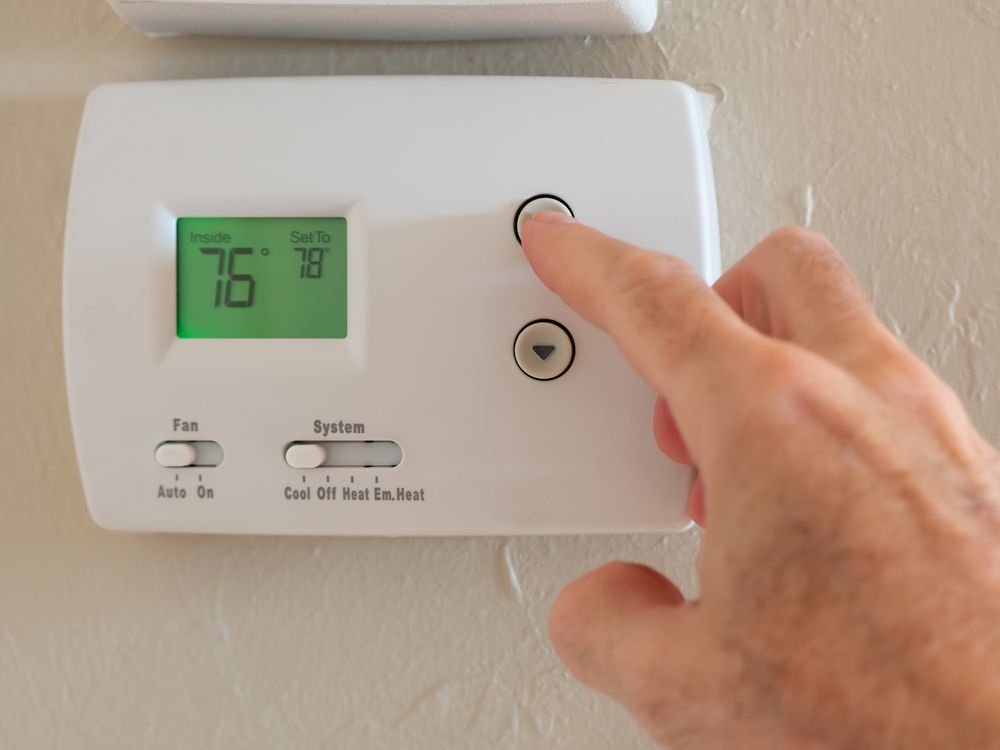
Regardless of whether you have a traditional or smart thermostat, you can improve both comfort and energy efficiency by adjusting it according to your schedule. For instance, set the temperature a few degrees higher in the summer and lower in the winter when you're away from home. You can also reduce energy use by adjusting the thermostat at night while everyone is asleep. These small changes can lead to noticeable savings without sacrificing comfort.
2. Furnace and Blower Motor
The furnace is the component responsible for heating your home and is typically located in a basement, attic, or utility closet. It works by igniting fuel (natural gas, oil, or electricity) to generate heat, which is then distributed by the blower motor through ductwork. The blower motor pushes the heated air through the ductwork and into your home, even when the system isn't heating or cooling. Common furnace issues include dirty filters, pilot light problems, or malfunctioning motors. Regularly cleaning or replacing filters and scheduling professional maintenance can prevent breakdowns.
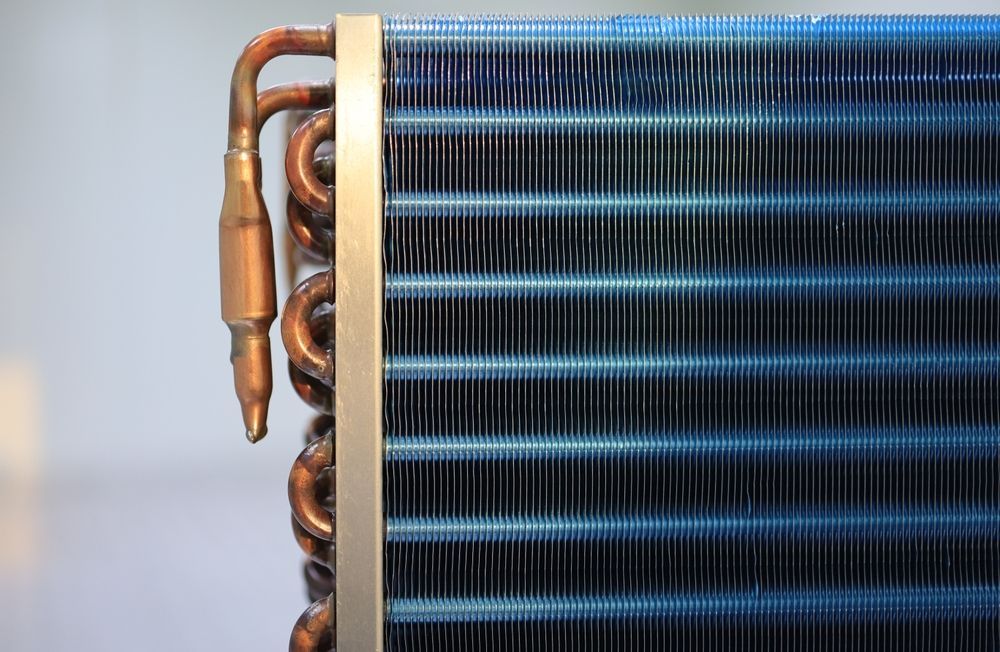
3. Heat Exchanger
The heat exchanger, housed within the furnace, is where the heat transfer occurs. It warms the air by transferring heat from the combustion process to the air that passes through the system. It's important to maintain a healthy heat exchanger to avoid dangerous carbon monoxide leaks, which can occur if cracks form. Regular inspections, typically part of annual HVAC maintenance, help avoid these risks. A well-functioning heat exchanger also ensures your system operates efficiently, reducing energy costs.
4. Evaporator Coil
The evaporator coil is typically located inside or near the air handler or furnace and plays a major role in cooling. As warm air passes over the evaporator coil, it absorbs heat and moisture, leaving cool, dehumidified air to be circulated back into your home. If your air isn’t cooling effectively, it may be due to debris or ice buildup on the evaporator coil. Regular cleaning and professional maintenance will help keep the coil functioning efficiently.
5. Condensing Unit
The condensing unit is the large metal box located outside your home. It is responsible for releasing the heat absorbed by the refrigerant. The condensing unit works with the evaporator coil by transferring the heat from inside your home to the outside air, using refrigerant to carry the heat away. Proper placement of the condensing unit is vital—ideally, it should be in a shaded area with ample space for airflow. Keeping the unit clear of debris and scheduling periodic cleanings will help maintain its performance and extend its lifespan.
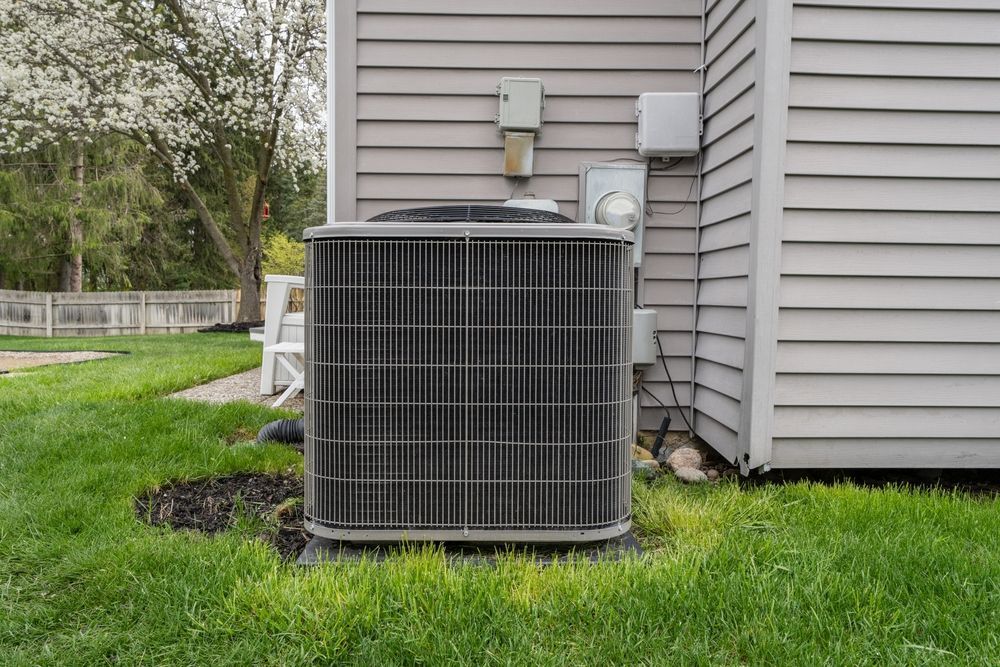
6. Refrigerant Lines
Refrigerant lines run between the evaporator coil (inside) and the condensing unit (outside). These copper tubes carry refrigerant, which absorbs and releases heat during the cooling process. Maintaining proper refrigerant levels is crucial for the system’s efficiency, as low refrigerant can cause the system to struggle or fail entirely. If you notice hissing sounds or insufficient cooling, it could indicate a refrigerant leak that needs immediate professional attention.
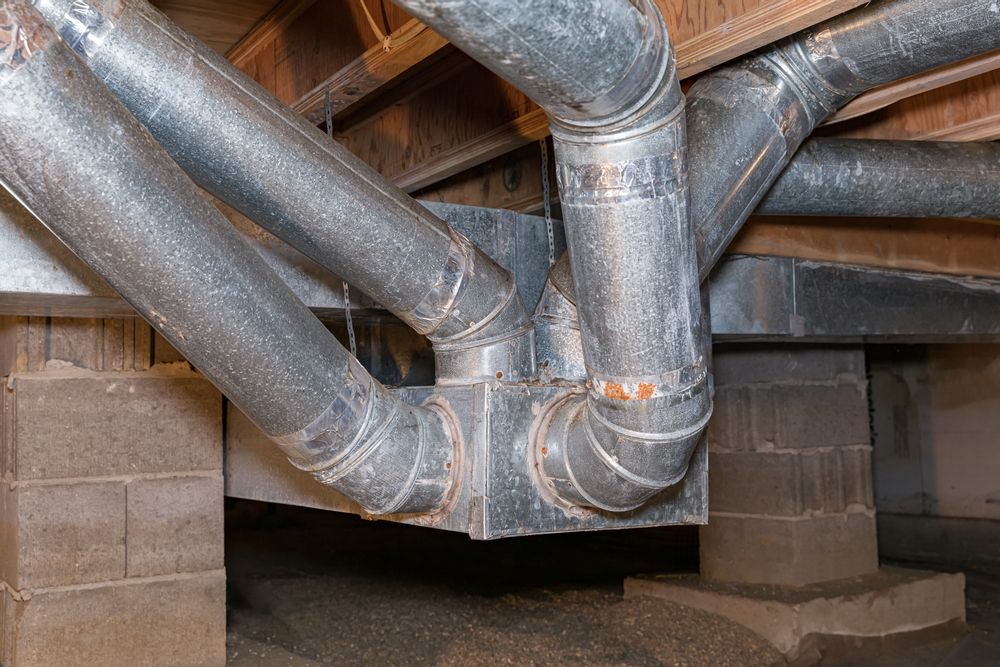
7. Ductwork
Ductwork is the network of passages that delivers conditioned air throughout your home. Typically hidden behind walls or ceilings, it consists of metal or flexible tubes that run through your home, distributing heated or cooled air from the HVAC system to different rooms. Proper duct design and installation are critical for efficient airflow and even temperature distribution. Poorly sealed or insulated ducts can lead to energy loss and uneven heating or cooling. To keep your ductwork functioning properly, clean it regularly to remove dust and debris, seal any leaks, and insulate exposed ducts to improve efficiency and reduce energy costs.
8. Air Handler
The air handler is usually found inside, near the furnace or evaporator coil, and is responsible for circulating air through your home’s ductwork. It typically has a rectangular, metal housing that resembles a large, upright box or cabinet. Inside, it contains key components like a blower fan, filter, and sometimes heating or cooling elements.
An air handler works year-round, distributing warm air in winter and cool air in summer. Air handlers can experience issues like dirty filters, which restrict airflow, or malfunctioning fans, which can reduce the system's overall efficiency. Routine filter changes and periodic inspections of the unit can help keep the air handler running smoothly and prevent costly repairs.
9. Condenser Coil
The condenser coil is located within the outdoor condensing unit and works in tandem with the refrigerant to release the heat from your home into the outside air. Like the evaporator coil, the condenser coil needs regular cleaning to maintain efficiency. Dirt and debris can obstruct heat release, forcing the system to work harder, which in turn increases energy consumption. Cleaning the condenser coil at least once a year can significantly improve the efficiency of your system and help it last longer.
10. Return and Supply Registers
The return and supply registers are the grilles or vents on your ceilings or walls that allow air to enter and exit rooms. Supply registers blow conditioned air into the room, while return registers pull air back into the HVAC system for reconditioning. Keeping the registers clean and unobstructed is key to balanced airflow. Adjusting supply registers in different rooms can help optimize comfort, especially in homes where temperatures vary from room to room.
Optional and Additional HVAC Components
In addition to the core parts of an HVAC system, several optional components can enhance performance and improve indoor air quality. These features are designed to offer better control over your home’s environment by addressing issues like humidity, air purity, and microbial growth.
Humidifiers and Dehumidifiers
Humidity control is an often overlooked aspect of HVAC systems but can greatly impact comfort and air quality. Humidifiers add moisture to the air, which is particularly useful during dry winter months when indoor air can become overly dry, leading to discomfort and respiratory issues. Dehumidifiers, on the other hand, remove excess moisture, especially helpful in humid climates where too much moisture can lead to mold growth or structural damage.
Humidifiers are typically installed near the furnace or air handler, where they can introduce moisture directly into the air stream. Dehumidifiers can be standalone units or integrated into the HVAC system.
UV Lamps
UV lamps, installed within the ductwork or near the evaporator coil, serve to reduce microbial growth such as bacteria, mold, and viruses inside the HVAC system. This is particularly important in humid climates where moisture can build up and create an environment for bacteria to thrive. The UV light helps sterilize the air as it passes through the system, improving air quality and reducing odors.
The UV lamp itself is a small tube that emits ultraviolet light and is usually mounted inside the air handler or near the evaporator coil. While effective at improving air purity, UV lamps need periodic bulb replacements and proper installation to be effective.
Air Purifiers
All HVAC systems require an air filter and are an essential part of maintaining good indoor air quality. However, for even better air quality, air purifiers equipped with HEPA filters or other advanced technologies can be integrated into the system to remove finer particles, allergens, and even odors.
While more advanced filters or purifiers may have longer lifespans, they still require consistent monitoring. Neglecting filter maintenance can lead to reduced airflow, increased energy use, and even system damage.
How to Maintain Your HVAC System for Longevity
Proper maintenance is key to extending the life of your HVAC system, ensuring it operates efficiently, and preventing costly repairs. Regular upkeep not only improves performance but also helps you catch small issues before they become major problems.
Routine Maintenance Tips
Regular maintenance can make a significant difference in the performance and lifespan of your HVAC system. Here are a few essential tasks:
- Cleaning and replacing filters: Air filters trap dust, debris, and allergens, but they get clogged over time. It’s important to clean or replace them every 1-3 months to maintain optimal airflow and system efficiency.
- Scheduling seasonal checkups with a professional: Twice-yearly inspections, ideally before heating and cooling seasons, are recommended. A licensed technician will inspect the system, clean components like the evaporator and condenser coils, check refrigerant levels, and identify potential issues early.
- DIY vs. professional maintenance tasks: Homeowners can handle simple tasks like filter replacement, clearing debris around the outdoor unit, and checking thermostat settings. However, more complex tasks like refrigerant handling, electrical issues, and deep cleaning of internal parts should be left to professionals to avoid damage or safety risks.
Signs Your HVAC System Needs Repair or Replacement
Over time, your HVAC system will show signs of wear, and knowing when to repair or replace components can save you from sudden breakdowns:
- Red flags for system malfunctions: Watch for warning signs like unusual noises (clanging, hissing, or squealing), uneven heating or cooling, frequent cycling on and off, or increased energy bills. These can signal issues with parts like the blower motor, compressor, or refrigerant lines.
- When to repair vs. replace parts of the system: If your system is less than 10-15 years old, most issues can be addressed with repairs, such as replacing a faulty thermostat or fixing a refrigerant leak. However, if the system is nearing the end of its lifespan, requires frequent repairs, or major components like the heat exchanger or compressor fail, replacement may be the more cost-effective option. Upgrading to a newer, energy-efficient model can also lower your long-term energy costs.
Utilize these maintenance tips to help you remain proactive about potential issues and significantly extend the life and efficiency of your HVAC system.
Common Problems with HVAC Systems and How to Fix Them
Unfortunately, even with regular maintenance, HVAC systems can occasionally encounter problems. Understanding common issues and how to address them can help you quickly resolve minor problems and know when it’s time to call a professional.
Thermostat Malfunctions
A malfunctioning thermostat can cause your HVAC system to run inefficiently or not at all.
- How to recalibrate or reset thermostats: If the temperature on the thermostat doesn’t match the room's actual temperature, recalibration might be necessary. For manual thermostats, consult the manufacturer’s manual to adjust the settings. For digital or smart thermostats, you can often perform a factory reset to fix issues. Simply remove the thermostat from its base for a few minutes, then reattach it to reset the system.
- When to call a professional: If recalibrating, resetting, or changing the batteries to the thermostat doesn’t resolve the problem, or if the display is blank, it’s time to call a professional. They can test the wiring and sensors to ensure everything is functioning properly.
Airflow Issues
Problems like uneven temperatures, noisy ducts, or weak airflow are signs of issues that can significantly reduce comfort and efficiency.
- Addressing uneven temperatures: Check if supply and return vents are open and unblocked in every room. Balancing airflow might involve adjusting the dampers in your duct system to redirect more air to areas that need it. Consider using a zoning system to regulate airflow more effectively in different parts of the home.
- Noisy ducts or weak airflow: Noisy ducts can result from loose connections or debris. Weak airflow is often due to clogged filters, dirty ductwork, or a malfunctioning blower motor. Ensure ducts are properly sealed and clean filters regularly to improve airflow. If the issue persists, it could be a blower motor problem, requiring professional inspection.
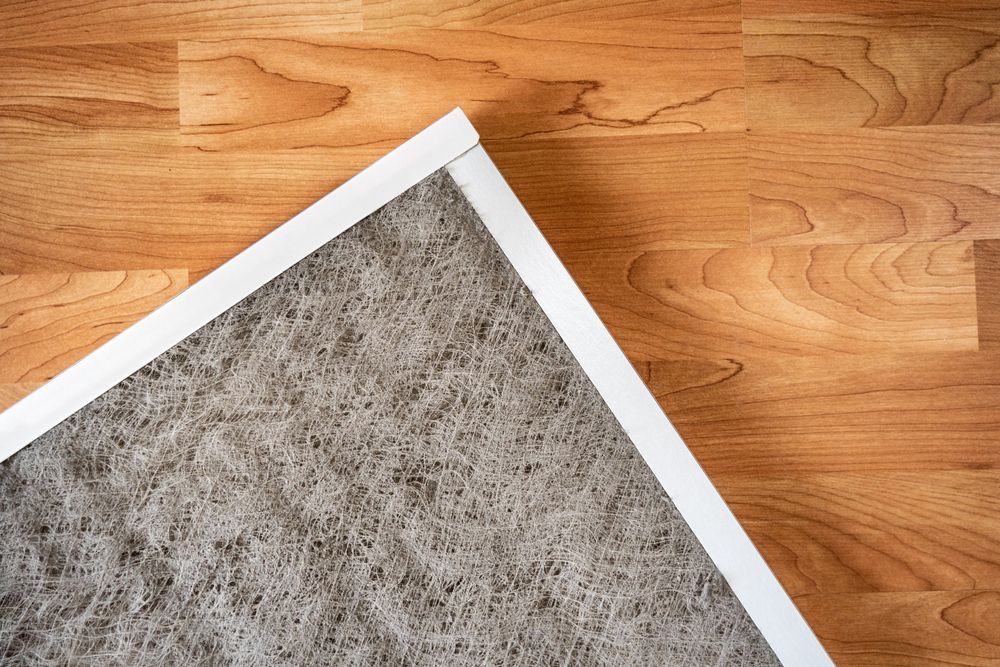
Furnace or AC Not Turning On
When your HVAC system refuses to turn on, it’s usually due to an electrical or component failure.
Troubleshooting guide:
- Check the thermostat: Ensure it's set to the correct mode (heat or cool) and that the temperature is set properly. Replace the batteries if the display is blank.
- Check the circuit breaker: The HVAC system might trip a breaker, especially after a power surge. Reset the breaker if necessary.
- Inspect the air filter: A clogged filter can cause the system to shut down to prevent overheating. Replace the filter and see if the system restarts.
- Inspect the pilot light or ignition: For gas furnaces, check if the pilot light is lit or if the electronic ignition is functioning. If not, this may require professional repair.
If these troubleshooting steps don’t solve the issue, it’s best to consult an HVAC professional to diagnose and repair more complex electrical or mechanical problems.
Frequently Asked Questions (FAQs) about HVAC Systems
How often should I change my air filter?
For most homes, it’s recommended to change your air filter every 1-3 months, depending on the type of filter and your household conditions. Homes with pets, allergies, or high dust levels may need more frequent filter changes to maintain good air quality and system efficiency. Replacing your filter regularly prevents airflow restrictions, which can cause your HVAC system to work harder and use more energy.
How do I know if my thermostat is broken?
Signs that your thermostat may be broken include inaccurate temperature readings, unresponsive controls, or your HVAC system not turning on or off as scheduled. You might also notice temperature fluctuations or the display not lighting up. Try resetting the thermostat or replacing the batteries first. If the issue persists, it may require professional inspection to check for wiring or sensor malfunctions.
Can I run my HVAC system without a filter?
Running your HVAC system without a filter is not recommended. The air filter traps dust, dirt, and other particles, preventing them from entering the system and causing damage. Without a filter, these contaminants can accumulate on vital components like the blower motor and coils, reducing efficiency and potentially leading to expensive repairs. Always replace or clean your filter before running your system.
Why does my HVAC system make loud noises?
Loud or unusual noises from your HVAC system can indicate a variety of issues. Banging or clanging sounds might suggest loose or broken components, while hissing could indicate a refrigerant leak. Squealing or screeching noises often point to a worn-out belt or motor bearings. If you hear loud or persistent noises, it’s best to turn off the system and call a professional to diagnose and fix the problem before it worsens.
Bottom Line
Understanding the key components of your HVAC system and how to maintain them can save you time, money, and headaches down the road. Whether you're dealing with thermostat malfunctions, airflow issues, or refrigerant leaks, addressing problems early is the key to keeping your system running smoothly and efficiently. However, some issues require the expertise of a professional to ensure safe and effective repairs.
When it’s time to call in the experts, turn to Better Buyer. Our trusted directory helps you find qualified HVAC professionals in your area who are committed to excellent customer service and high-quality work. Start your search today and keep your home comfortable year-round!
Discover
excellent
local
businesses!
Our unique content—articles, ratings, reviews, and videos—help consumers make better purchasing decisions while promoting companies striving to provide customer service excellence.
| New Industries |
|---|
| Accounting |
| Chiropractors |
| HVAC |
| Moving |
| Physical Therapy |
| Plumbing |
| Roofing |
| Windows and Doors |
Is
your
business
in our
directory?
Update your business information to become more visible in our directory. Your lead form will also be activated.
Find your company >






